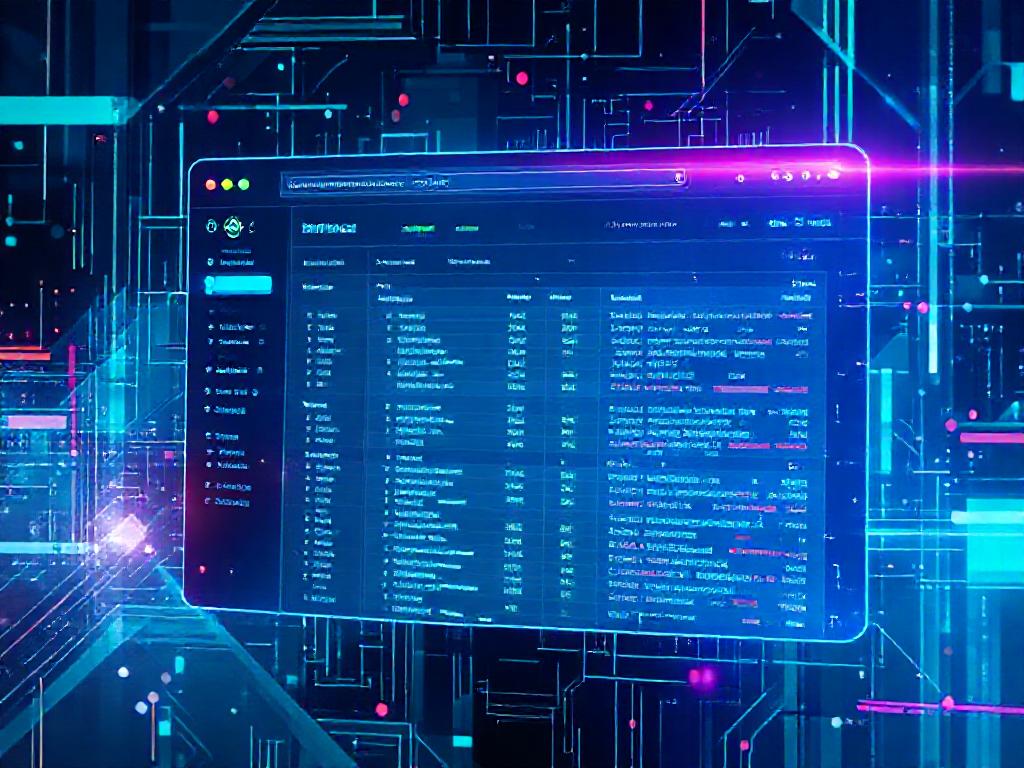In today’s data-driven world, extracting information from websites is crucial for a wide range of tasks, from market research and competitor analysis to price monitoring and lead generation. While traditional web scraping techniques focus on extracting textual data, screen scraping takes it a step further by capturing visual elements like images, charts, and even complex layouts directly from the user’s screen.
This comprehensive guide delves into the world of screen scraping, exploring its techniques, benefits, challenges, and applications.

What is Screen Scraping?
Screen scraping, also known as visual data extraction, involves capturing data from websites by simulating user interactions and taking screenshots of specific regions of the screen.
Think of it like taking a snapshot of a webpage and then using computer vision algorithms to decipher the text, images, and other visual elements within that snapshot.
How Does Screen Scraping Work?
Screen scraping typically involves the following steps:
- Website Automation: A screen scraping tool automates the process of opening a website, navigating to specific sections, and interacting with elements like buttons or menus.
- Screenshot Capture: Once the target area is identified, the tool captures a screenshot of the visible screen content.
- Image Processing: Powerful image processing algorithms analyze the captured screenshot, identifying and extracting relevant data from various visual elements:
- Optical Character Recognition (OCR): Converts text within images into machine-readable text.
- Object Detection: Locates and identifies specific objects, such as logos, buttons, or product images.
- Layout Analysis: Analyzes the arrangement and structure of elements on the screen to understand the relationships between them.
- Data Extraction and Formatting: The extracted data is organized and formatted into a usable structure, such as a spreadsheet or database.
Benefits of Screen Scraping
Screen scraping offers numerous advantages over traditional web scraping techniques:
- Handling Complex Layouts: It excels at extracting data from websites with intricate designs, dynamic content, and elements that are not easily accessible through traditional HTML parsing methods.
- Capturing Visual Data: It allows you to extract data from images, charts, and other visual elements, providing a more comprehensive view of the website’s content.
- Adaptability to Changes: Screen scrapers can often adapt to website changes more easily than rule-based web scrapers, as they rely on visual cues rather than specific HTML structures.
Challenges of Screen Scraping
While powerful, screen scraping also presents some challenges:
- Technical Complexity: Implementing effective screen scraping solutions requires expertise in image processing, OCR, and web automation technologies.
- Website Changes: Websites constantly evolve, which can break existing screen scraping scripts. Maintenance and updates are essential to ensure continued accuracy.
- Ethical Considerations: Always ensure your screen scraping activities comply with website terms of service and respect user privacy. Avoid excessive scraping that could overload servers or impact website performance.
Use Cases for Screen Scraping
Screen scraping finds applications in diverse industries:
- Financial Services: Extracting financial data from bank statements, stock charts, or market reports.
- E-commerce: Scraping product information, pricing, and reviews from online stores.
- Real Estate: Gathering property listings, pricing trends, and neighborhood data.
- Travel: Collecting flight schedules, hotel prices, and travel reviews.
Key Takeaways
- Screen scraping is a powerful technique for extracting visual data from websites, handling complex layouts and visual elements.
- It requires technical expertise in image processing and web automation.
- Be mindful of ethical considerations and website terms of service when implementing screen scraping solutions.
Frequently Asked Questions
Screen scraping and web scraping both refer to the automated extraction of data from websites. While the terms are often used interchangeably, screen scraping typically involves capturing data displayed on a screen, whereas web scraping focuses on extracting data directly from web pages.
Screen scraping can be legal if it complies with copyright laws and the specific terms of service of the targeted websites. Always ensure that your scraping activities respect legal guidelines and ethical standards.
To deter screen scraping, consider implementing measures such as:
CAPTCHAs: To verify that users are human.
Rate Limits: To restrict the number of requests from a single IP address.
JavaScript Rendering: To make it harder for scrapers to access content directly.
Monitoring Traffic Patterns: To identify and block suspicious activity.
Begin by identifying your data requirements, then select an appropriate screen scraping tool or library. Design your scraper using best practices to ensure efficiency and compliance with legal standards